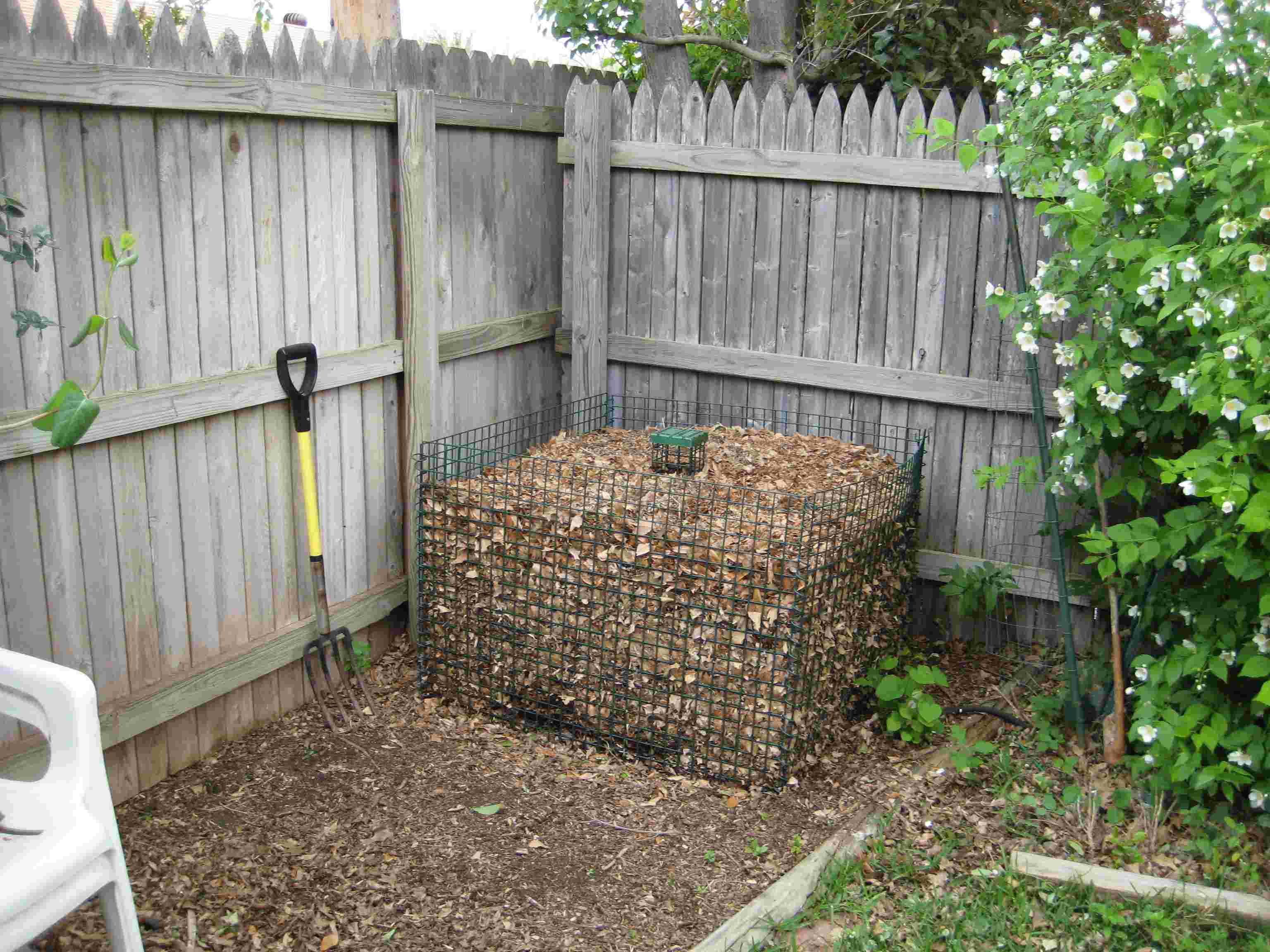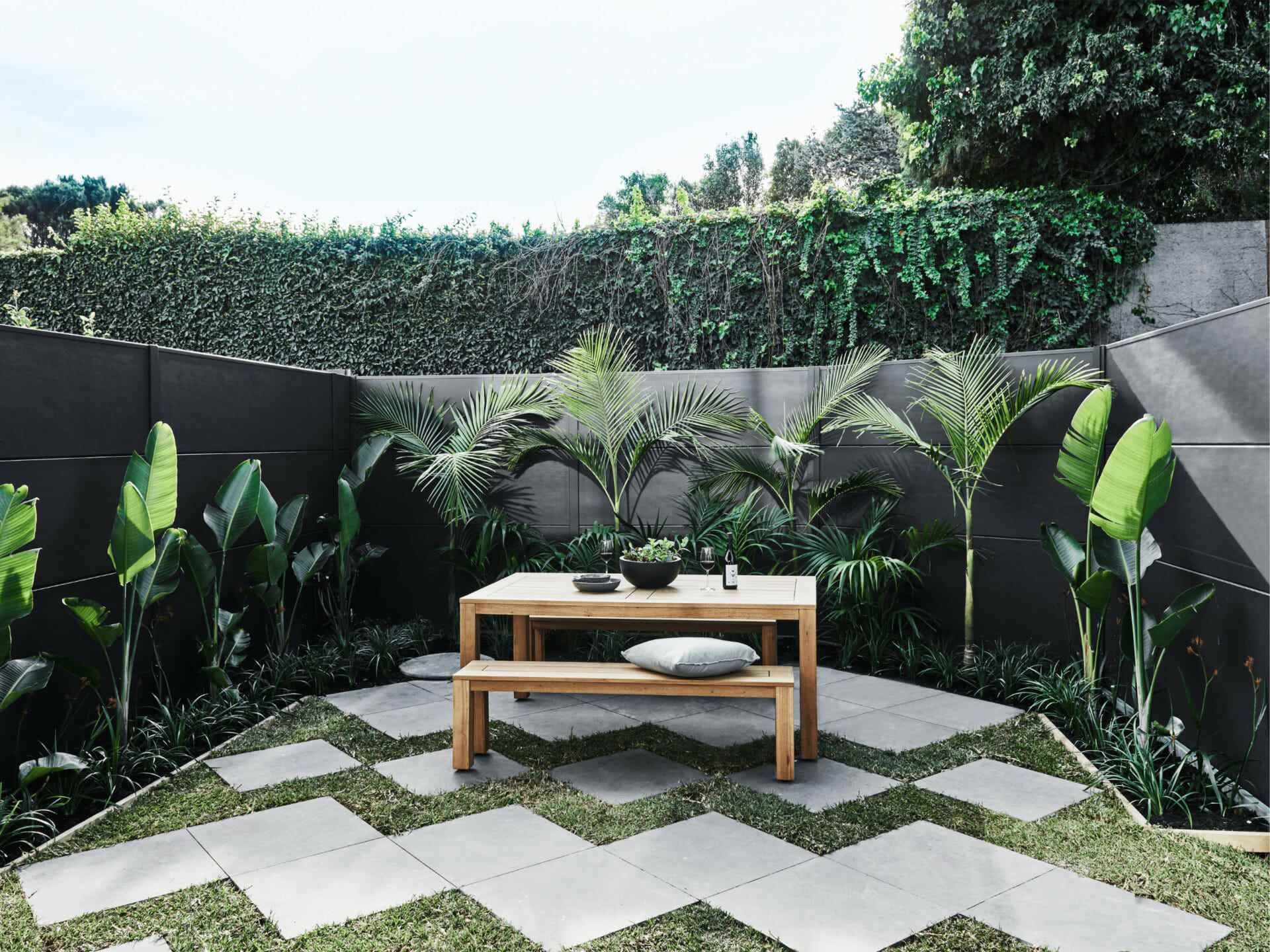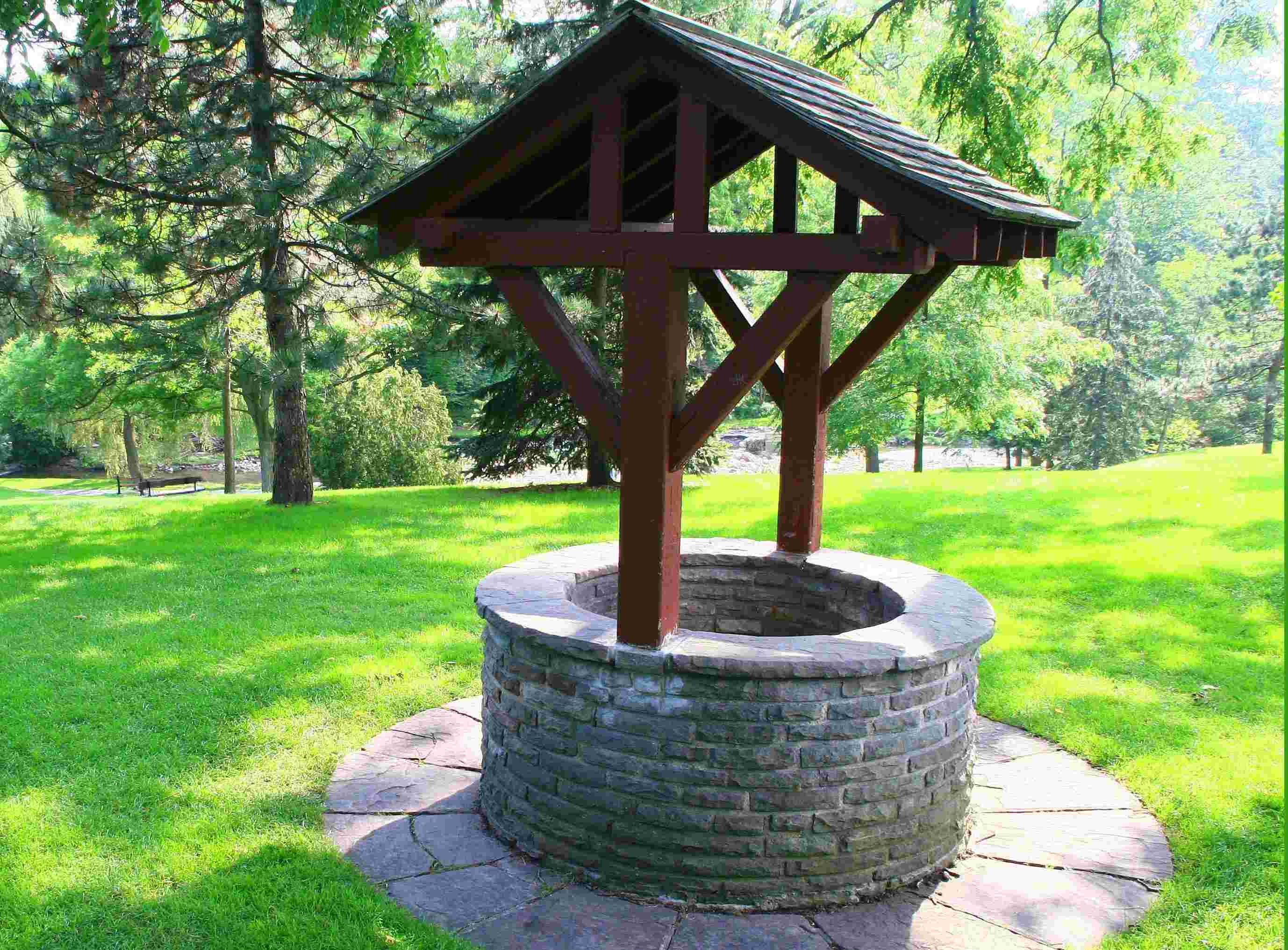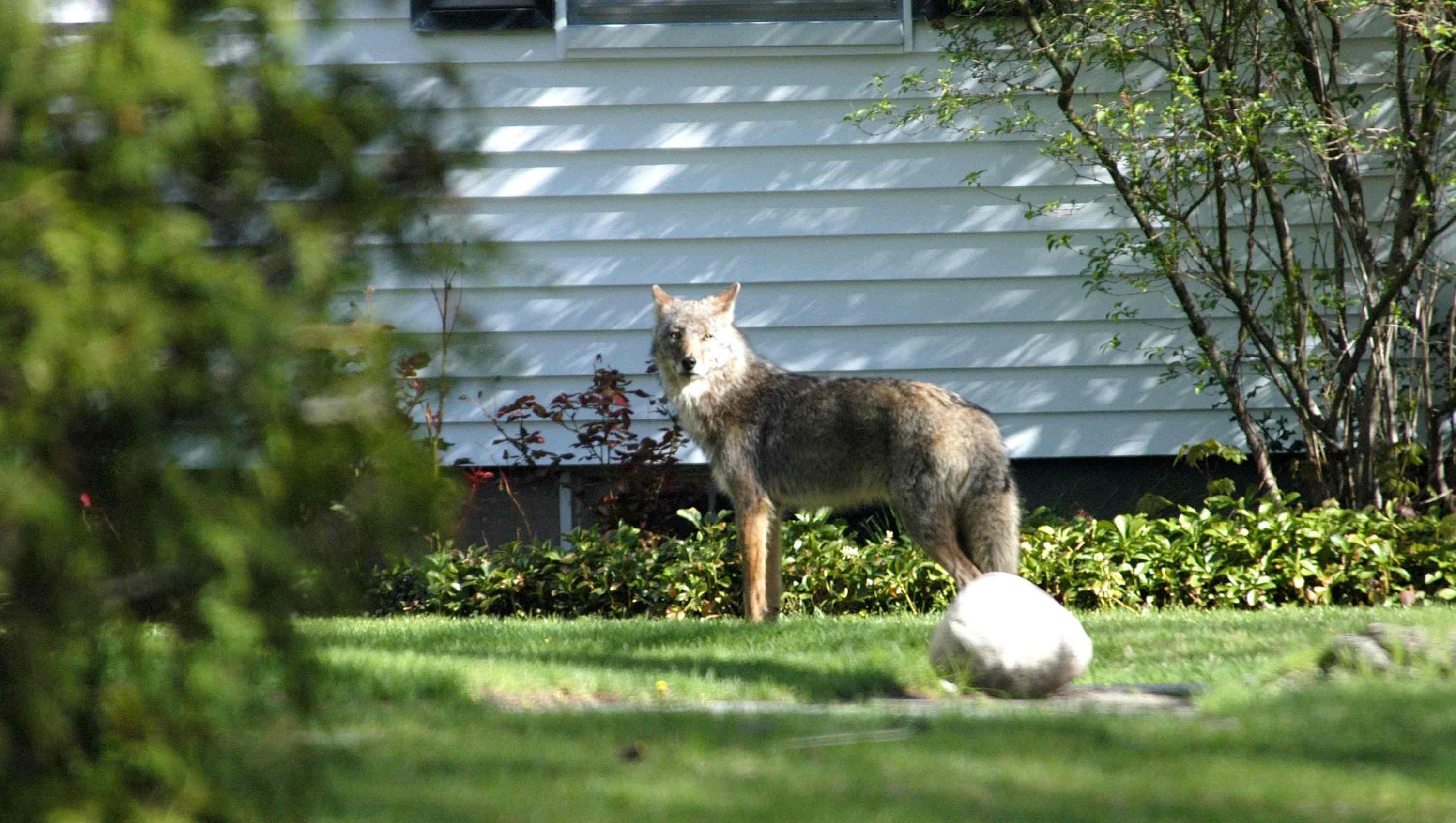Home>Gardening Tips and Tricks>How To Find Snails In Your Backyard
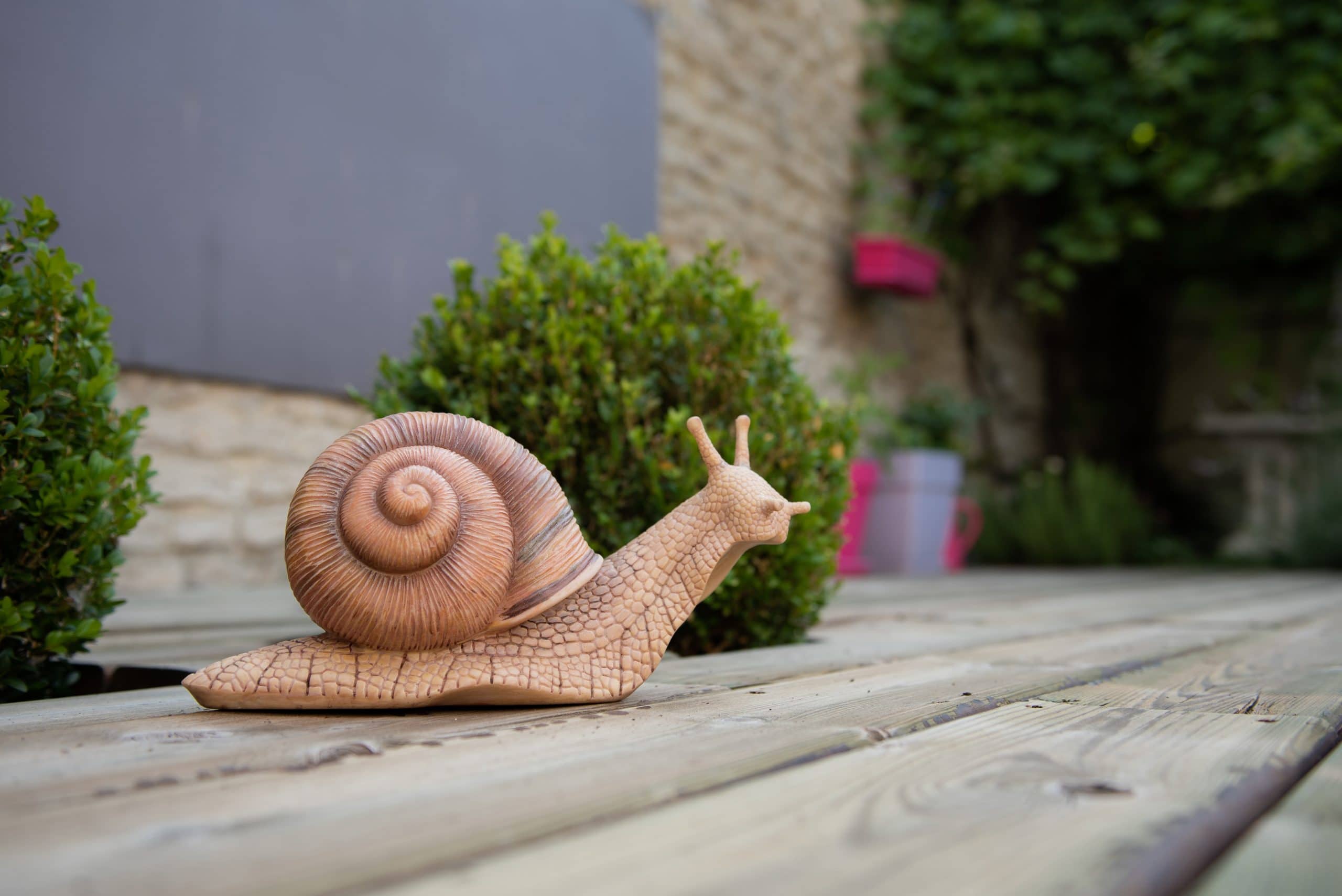

Gardening Tips and Tricks
How To Find Snails In Your Backyard
Modified: January 22, 2024
Learn effective problem-solving techniques to find snails in your backyard with our step-by-step guide. Discover the best methods and tips for a successful search.
(Many of the links in this article redirect to a specific reviewed product. Your purchase of these products through affiliate links helps to generate commission for Chicagolandgardening.com, at no extra cost. Learn more)
Table of Contents
- Introduction
- Step 1: Understanding the habitat of snails
- Step 2: Recognizing signs of snail presence
- Step 3: Surveying potential areas for snails
- Step 4: Creating a conducive snail environment in your backyard
- Step 5: Using common household items to attract snails
- Step 6: Monitoring and documenting snail activity
- Step 7: Applying eco-friendly snail control methods
- Conclusion
Introduction
Welcome to the fascinating world of snails! Whether you are a curious naturalist or simply looking for a fun activity to do in your backyard, searching for snails can be both educational and entertaining. These little creatures are remarkable in their own right, and studying them can provide valuable insights into the ecosystem around us.
Snails are gastropod mollusks that are known for their unique spiral shells. They can be found in a wide range of habitats, from woodlands and gardens to marshes and meadows. While they may not be the most charismatic creatures, snails play a vital role in maintaining the balance of their ecosystem.
By venturing into your backyard, you have the opportunity to observe and learn about the snails that inhabit your local environment. This article will guide you on how to find snails in your backyard, step by step, ensuring that you have a successful and enjoyable experience.
Before we delve into the practical steps, it is essential to approach this activity with respect and understanding. It’s crucial to remember that snails are living organisms, and like all creatures, they deserve to be treated with care and consideration. So, let’s get started and embark on this snail-seeking adventure!
Step 1: Understanding the habitat of snails
Before you begin your search for snails in your backyard, it’s important to gain an understanding of their habitat and preferences. Snails can be found in a variety of environments, and knowing their preferences will increase your chances of locating them.
Snails thrive in areas with moist and shaded conditions. They are commonly found in garden beds, under rocks and logs, in dense vegetation, and around damp areas such as ponds or streams. They are especially active during periods of rainfall and prefer cooler temperatures.
It’s also important to note that different species of snails have specific habitat preferences. Some may favor grassy areas, while others may prefer wooded regions. Researching the types of snails native to your area will help you understand the specific habitats they are likely to inhabit.
Keep in mind that snails are nocturnal creatures, and they become more active at night. If you want to maximize your chances of finding them, consider conducting your search during the early morning or evening hours when they are more likely to be out and about.
Additionally, be aware of any potential threats or dangers present in the snails’ habitat. For example, certain garden chemicals can be harmful to snails, so it’s important to choose an organic and environmentally-friendly approach when caring for your backyard.
By familiarizing yourself with the habitat preferences of snails and taking steps to create a suitable environment in your backyard, you can greatly increase your chances of finding these fascinating creatures.
Step 2: Recognizing signs of snail presence
Snails may be small and well-camouflaged, but they often leave behind subtle clues that indicate their presence in your backyard. By learning to recognize these signs, you can narrow down the areas to focus on during your search for snails.
One of the most obvious signs of snail presence is their slimy trails. As snails move along surfaces, they leave behind a distinctive moist trail that glistens in the sunlight. Look for these trails on leaves, twigs, rocks, and other surfaces in your garden. Following these trails can lead you to the snail’s hiding spot.
Another sign to watch for is the damage caused by snails feeding on plants. Snails have a keen appetite for leafy greens, flowers, and fruits. Look for leaves with irregular holes or chewed edges. This type of damage can indicate the presence of hungry snails in your backyard.
Keep an eye out for snail eggs as well. Snails lay small, round, translucent eggs in clusters, usually in hidden or sheltered areas. Look for these clusters on the underside of leaves, under logs or rocks, and in crevices. Eggs are an indication of an established snail population nearby.
If you are unable to locate snails visually, you can try setting up a simple trap to confirm their presence. Place a board or a damp piece of cloth in your garden overnight. Snails are attracted to moisture, and they may seek shelter under the board or underneath the cloth. Check the trap in the morning, and if you find snails gathered there, it’s a clear indication that they are present in your backyard.
By being observant and knowing what signs to look for, you can increase your chances of identifying snail activity in your backyard. This knowledge will aid you in pinpointing areas where snails are likely to be found.
Step 3: Surveying potential areas for snails
Now that you understand the habitat preferences of snails and can recognize signs of their presence, it’s time to survey your backyard for potential areas where snails may be hiding. By conducting a thorough survey, you can narrow down your search and focus on the most promising spots.
Start by taking a walk around your backyard and carefully observe the different areas. Look for places that provide moisture, shade, and cover. Pay special attention to areas with dense vegetation, as snails often seek shelter and food in these areas. Check underneath rocks, logs, and fallen leaves, as these are common hiding spots for snails.
Snails are attracted to areas with a good supply of food. Search around your garden beds, especially near plants that are known to be attractive to snails. Look for signs of feeding damage, such as irregular holes or chewed edges on leaves or fruits.
Don’t forget to check near water sources, such as ponds, birdbaths, or sprinklers. Snails require moisture to survive, so they are likely to be found in damp areas. Inspect the surfaces around these water sources for slimy trails or signs of snail activity.
If you have a compost bin or pile in your backyard, be sure to investigate it as well. Snails are known to seek shelter and food in compost piles, as they provide a warm and nutrient-rich environment. Check the outer layers of the compost pile for any signs of snail presence.
Remember, patience is key during your survey. Take your time and thoroughly examine each potential area for snails. Utilize a flashlight or headlamp if you are searching in dimly lit areas or during nighttime when snails are more active.
By surveying your backyard methodically and systematically, you can identify the areas with the highest probability of snail presence. This information will guide you in your efforts to find and observe these fascinating creatures in their natural habitat.
Step 4: Creating a conducive snail environment in your backyard
Now that you have surveyed your backyard and identified areas where snails are likely to be present, it’s time to create a favorable environment that will attract and sustain snails. By providing the right conditions, you can encourage snails to make your backyard their home.
One key factor in creating a conducive snail environment is moisture. Snails require a moist habitat to survive, so ensure that there are areas in your backyard where water can collect, such as small ponds or shallow dishes. You can also use a spray bottle to mist the ground and plants to keep the area moist, especially during dry periods.
Another important consideration is providing ample shade. Snails are sensitive to extreme heat and sunlight, so they prefer areas that offer shade and protection. Planting shade-loving plants or setting up coverings such as awnings, trellises, or even planting trees will create shady spots that are appealing to snails.
Snails need a variety of food sources to sustain themselves. Planting a diverse range of vegetation in your garden will attract snails by providing them with a variety of food options. Consider including plants that snails are particularly fond of, such as lettuce, cabbage, and hostas.
While snails are herbivores, they also require calcium for their shell growth. You can help satisfy this need by incorporating sources of calcium into your backyard. Crushed eggshells or a thin layer of crushed limestone spread around your garden will provide a supplemental calcium source for snails.
Creating sheltered areas in your backyard is also important for snails. By providing hiding spots, such as rocks, logs, and dense vegetation, you will attract snails and provide them with a sense of security. These shelters will also protect snails from predators and extreme weather conditions.
Finally, avoid using chemical pesticides or herbicides in your backyard. These substances can be harmful to snails and other beneficial organisms. Instead, opt for organic and eco-friendly methods to control pests and maintain a healthy ecosystem.
By enhancing the moisture levels, shade, food sources, and shelter in your backyard, you will create a welcoming and suitable environment for snails. This will increase the chances of snails making your backyard their home and provide you with ample opportunities for observation and study.
Step 5: Using common household items to attract snails
If you’re eager to attract snails to a specific area of your backyard for observation, you can utilize some common household items to entice them. These simple and accessible materials can help create a snail-friendly environment and increase the chances of snails congregating in the desired location.
One effective method is to use a shallow dish or saucer filled with water and placed in a shady area. Snails are attracted to moisture, so this will act as a magnet for them. Check the dish regularly and note any snails that gather there. You may even find snails soaking in the water as they absorb moisture through their foot.
Another trick is to provide a food source that appeals to snails. Cabbage leaves, lettuce, or even slices of cucumber can be placed strategically to attract snails. Position the food in a shady and sheltered area, and periodically check to see if any snails have come to feast. This method can be a great way to observe snails up close and personal.
Snails are attracted to dark and damp areas, so you can create shelters using items you likely already have in your home. Old pots, stacked stones, or even overturned ceramic flowerpots can serve as hiding spots for snails. Arrange these materials in the desired area, providing plenty of nooks and crannies for the snails to seek refuge.
Additionally, you can scatter crushed eggshells or diatomaceous earth around the designated area. Snails are sensitive to rough surfaces and will try to avoid crossing them. These substances act as barriers, preventing snails from reaching plants or escaping the designated zone, making it easier to observe their behavior in a confined space.
Remember, while using household items can help attract snails and increase the likelihood of their presence in a specific area, it’s crucial to still provide a suitable habitat and ensure their well-being. Monitor the area regularly, ensure there is enough moisture, food, and shelter, and take care not to disturb or harm the snails in any way.
By utilizing common household items to attract snails, you’ll be able to focus the snail activity in your backyard and create an optimal setting for observing and studying these intriguing creatures.
Step 6: Monitoring and documenting snail activity
Once you have successfully attracted snails to your designated area, it’s time to monitor and document their activity. This step involves regular observation and recording of their behavior, feeding habits, and any other interesting findings.
Make it a habit to visit the snail habitat in your backyard at different times of the day. Snails are most active during the early morning or evening hours when the temperatures are cooler. Take note of their movement patterns, feeding behaviors, and interactions with their environment.
Keep a journal or a digital document to record your observations. Note down details such as the number of snails present, any mating or egg-laying behavior, and their preferred food sources. This documentation will not only serve as a personal record but can also be helpful if you decide to share your findings with other nature enthusiasts or scientists.
Photographing or filming the snails can also be a valuable tool in documenting their behavior. Capture close-up shots of their shells, slime trails, and feeding activities. These visual records can help you identify different species of snails and provide valuable information for further research.
Take note of any interactions or relationships between the snails and other organisms in your backyard. Observe if any natural predators, such as birds or frogs, show interest in the snails. Document any symbiotic or mutually beneficial relationships you observe, such as snails working in harmony with certain plants or insects.
As you continue to monitor and document snail activity over an extended period, you may notice patterns or changes in their behavior. Documenting these changes can provide insights into their life cycles, seasonal variations, and responses to environmental factors.
Remember to always handle snails with care and respect. Avoid removing snails from their habitat unless absolutely necessary, and make sure to return them back to their original location after any close observation or study.
By consistently monitoring and documenting snail activity in your backyard, you contribute to our understanding of these fascinating creatures and their interactions with their environment. Your observations and findings can be valuable contributions to the field of natural history and inspire others to appreciate and protect these often-overlooked inhabitants of the natural world.
Step 7: Applying eco-friendly snail control methods
While observing and studying snails in your backyard can be an exciting endeavor, there may be times when you need to manage their population to prevent damage to your plants or protect certain areas. It’s important to approach snail control in an eco-friendly manner, minimizing harm to these creatures and maintaining a balanced ecosystem.
One effective and environmentally-friendly method of snail control is handpicking. Regularly inspect your plants and snail-prone areas, and manually remove any snails you find. Wear gloves to protect your hands and place the snails in a designated container before disposing of them away from your garden. This method allows you to specifically target snails without the use of chemicals.
Creating physical barriers can also be an effective way to protect vulnerable plants from snail damage. Utilize copper tape around plant bases or create barriers with crushed eggshells, diatomaceous earth, or rough mulch. These barriers deter snails from reaching your plants by creating uncomfortable surfaces that they prefer to avoid.
Encouraging natural predators of snails can help control their population naturally. Birds, frogs, toads, and some beetle species are known predators of snails. By creating a wildlife-friendly garden, offering suitable habitats and food sources for these predators, you can help maintain a natural balance and a manageable snail population.
If you prefer a hands-off approach, you can consider using organic snail repellents. Options such as iron phosphate-based baits or garlic-based sprays can be effective without causing harm to the environment or non-target organisms. Follow the instructions carefully and use these products sparingly.
Regularly maintaining your garden is another important aspect of snail control. Removing debris, weeds, and fallen leaves reduces hiding places and eliminates potential food sources. This helps discourage snails from taking up residence in your backyard, as they prefer areas with ample cover and food availability.
Remember, the goal of eco-friendly snail control is to strike a balance between managing snail populations and ensuring the overall health and biodiversity of your garden. Avoid using chemical pesticides or herbicides, as they can have harmful effects on snails and other beneficial organisms in your backyard.
By implementing these eco-friendly methods of snail control, you can address snail-related concerns while promoting a sustainable and harmonious environment in your backyard.
Conclusion
Exploring the world of snails in your backyard can be an exciting and educational journey. By understanding their habitat preferences, recognizing signs of their presence, and creating a suitable environment, you can attract snails to your backyard and observe them in their natural habitat.
Remember to approach this activity with respect and care for these fascinating creatures. Keep in mind that snails play an important role in the ecosystem, and their well-being should be a priority. Utilize eco-friendly snail control methods when necessary to maintain a balance between managing their population and preserving the overall health of your garden.
Monitoring and documenting snail activity can provide valuable insights into their behavior, feeding patterns, and interactions with the environment. Your observations and findings can contribute to our understanding of these often-overlooked creatures and inspire others to appreciate and protect them.
So, venture into your backyard with curiosity and patience, and embark on a snail-seeking adventure. Discover the hidden world of these slow and steady beings, and gain a deeper appreciation for the intricate beauty of nature that exists just outside your doorstep.
